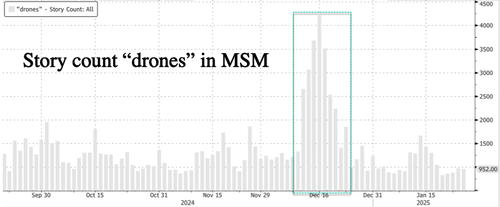Morgan Stanley CEO James Gorman participates in a conversation-style interview with Economic Club of Washington in Washington September 18, 2013.
Yuri Gripas | Reuters
Morgan Stanley on Wednesday topped estimates for first-quarter profit and revenue on better-than-expected trading results.
Here’s how the company did:
- Earnings of $1.70 per share, vs. $1.62 Refinitiv estimate
- Revenue of $14.52 billion, vs. $13.92 billion estimate.
The New York-based bank said earnings fell 19% to $2.98 billion, or $1.70 a share, from a year earlier on declines in investment banking and trading. Companywide revenue slipped 2% to $14.52 billion.
As revenue dipped, expenses at the bank climbed 4% to $10.52 billion, mostly fueled by higher-than-expected compensation costs. Expenses came in $430 million higher than the StreetAccount estimate.
Higher costs helped hurt profit margins at the bank’s wealth division and investment bank, analyst Mike Mayo of Wells Fargo said in a research note. He also said that when excluding the benefit of a low tax rate, the bank would’ve earned $1.64 per share.
Shares of Morgan Stanley rose less than 1% in midday trading after falling as much as 4% in premarket action.
Under CEO James Gorman, Morgan Stanley has become a wealth management giant thanks to a string of acquisitions. The bank gets most of its revenue from wealth and investment management, steadier businesses that help to offset volatile trading and banking results.
“The investments we have made in our wealth management business continue to bear fruit as we added a robust $110 billion in net new assets this quarter,” Gorman said in an earnings release. “Equity and fixed Income revenues were strong, although investment banking activity continued to be constrained.”
Wealth management revenue climbed 11% from the year-earlier period to $6.56 billion, matching the StreetAccount estimate. The increase was fueled by a rise in net interest income amid higher rates and loan growth, which offset lower asset management revenues as markets declined.
First-quarter trading revenue dipped from a year ago as Wall Street comes down from a Covid pandemic-era boom, but Morgan Stanley’s traders managed to top expectations by roughly $250 million.
The bank’s fixed income traders produced $2.58 billion in revenue, exceeding the $2.33 billion StreetAccount estimate. Equities trading revenue of $2.73 billion edged out the $2.65 billion estimate.
Investment banking revenue dropped 24% to $1.25 billion on fewer completed M&A deals and lower stock and debt issuance, edging out the $1.2 billion estimate.
Finally, the bank’s smallest business, investment management, saw revenue drop 3% to $1.29 billion, just below the $1.34 billion estimate, as management fees decreased amid declining markets.
At the start of a conference call with analysts, Gorman addressed the turmoil sparked by the March collapse of two American regional banks.
“In my view, we are not in a banking crisis, but we have had and may still have a crisis among some banks,” Gorman said. “I consider the condition not remotely comparable to 2008.”
He added that there was “no doubt” that Morgan Stanley would acquire more companies in wealth management, though nothing was imminent.
Morgan Stanley shares have climbed 5.7% this year before Wednesday, outperforming the 16% decline of the KBW Bank Index.
JPMorgan Chase, Citigroup, Wells Fargo and Bank of America each topped expectations as the firms reaped more interest income amid rising rates. Goldman Sachs missed on costs tied to unloading consumer loans amid its pivot away from retail banking.
















